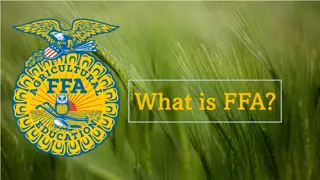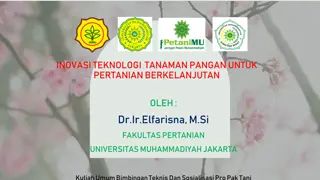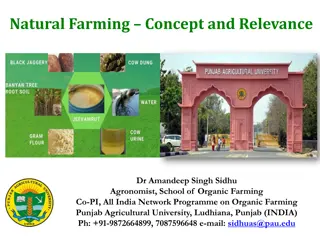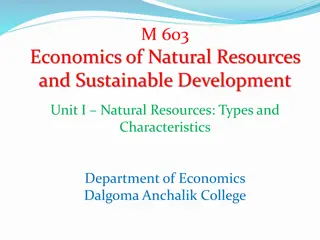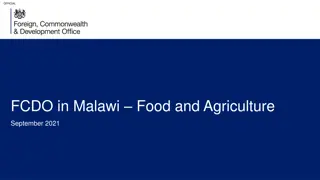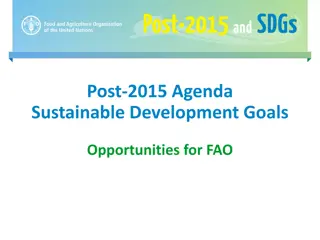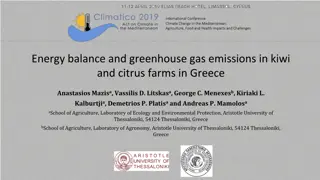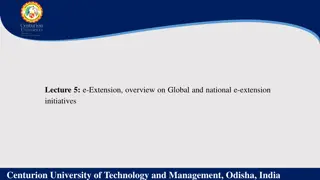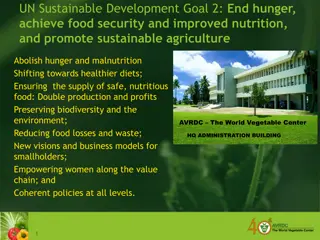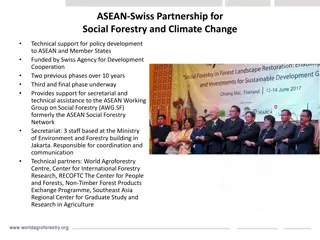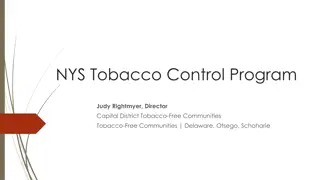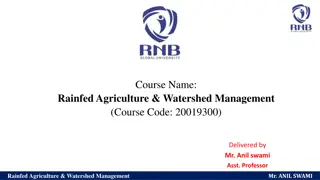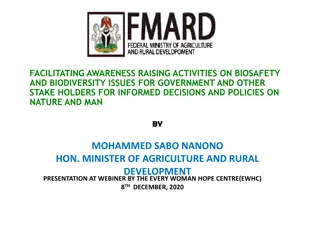Sustainable Agriculture Initiatives and Resources in New York State
Julie C. Suarez, Associate Dean for Land Grant Affairs, emphasizes the vision for 2050 in achieving net-zero emissions in agriculture and forestry. The New York State Climate Assessment highlights the impacts of climate change on farmworkers and agricultural practices, including heat stress, crop and livestock impacts, and financial implications. Resources such as the Rural Energy for America Program and Clean Energy Hubs provide support for renewable energy projects and energy efficiency improvements in rural areas. Farmers can benefit from solar installation opportunities in agricultural lands through various programs and guidelines.
Download Presentation

Please find below an Image/Link to download the presentation.
The content on the website is provided AS IS for your information and personal use only. It may not be sold, licensed, or shared on other websites without obtaining consent from the author. Download presentation by click this link. If you encounter any issues during the download, it is possible that the publisher has removed the file from their server.
E N D
Presentation Transcript
Julie C. Suarez, Associate Dean for Land Grant Affairs, Director of Translational Research Programs 1
A few framing points on agriculture & forestry Vision for 2050 is to achieve Net Zero & 85% reduction in 1990 GHG emissions levels. Some key points: AEM framework; SWCD CRF framework 60 MMT CO2e net sequestration is envisioned in ag and forestry In 2050; will need further reductions to Ag GHG as AG will be projected to be one of largest emitting sectors Requires further development of research, tech, and market solutions inc. a bioeconomy.
New York State Climate Assessment: Update Farmworker health impacts from heat stress. Crop and livestock impacts, including heat stresses to the growth and reproduction of plants and animals resulting in reduced crop yields and milk production. Pest impacts, including increases in weeds that spread and infest fields, insects that feed on crops, and diseases that infect plants and reduce crop yields. Impacts to the seasonal cycles of plant and animal life. For example, unseasonably warm temperatures in early spring can cause fruit trees to bloom early. When cold temperatures return, the buds can freeze and the fruit crop can be destroyed. Financial impacts: Climate change can affect farm operating costs, food storage and transportation, and food prices. BIGGEST IMPACTS FROM: Heavy Precipitation; Extreme Drought Heat Stress; Increased Pests & Diseases https://nysclimateimpacts.org/
Resources to Use Rural Energy for America Program Applications submitted on or after April 1, 2023 with projects that meet one of the following are eligible for a Federal grant share of up to 50 percent: Renewable energy systems or retrofits that produce zero greenhouse gas emissions at the project level; Projects located in an Energy Community defined in 26 U.S.C. 45 (b)(11)(B); Energy efficiency improvement projects; Projects proposed by eligible Tribal entities. All other projects are limited to a Federal grant share of up to 25 percent. https://www.rd.usda.gov/infla tion-reduction-act/rural- energy-america-program-reap https://www.rd.usda.gov/ny 4
Resources to Use For Residents: Clean Energy Hubs run by NYSERDA! For Farmers: https://blogs.cornell.edu/cceherkim er/2023/09/08/perspectives-on- the-opportunities-and-impacts-of- solar-installation-in-agricultural- areas/ https://www.agrisolarclearinghouse. org/ https://agenergyny.org/ https://agriculture.ny.gov/system/fi les/documents/2019/10/solar_ener gy_guidelines.pdf https://www.nyserda.ny.gov/- /media/Project/Nyserda/Files/Progr ams/NY-Sun/2023-Solar- Installations-in-Agricultural- Lands.pdf
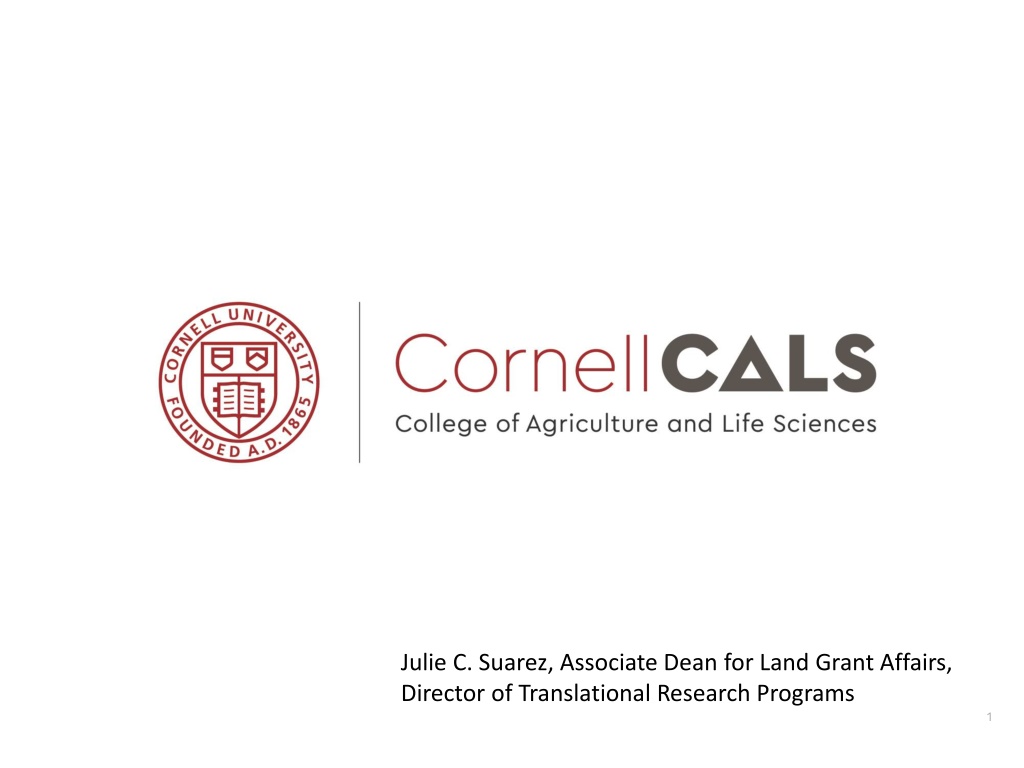
 undefined
undefined





